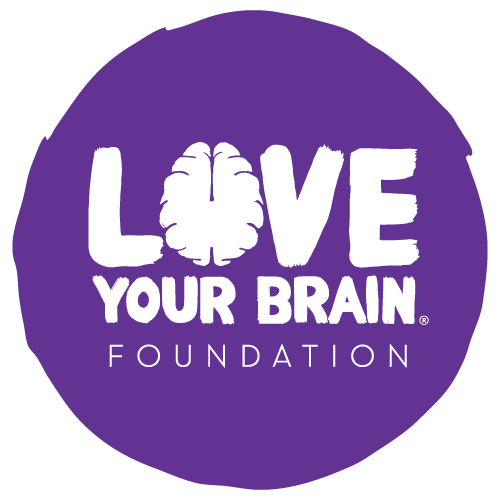Using gender affirming pronouns
We can do a lot to make people feel seen and affirmed by using correct pronouns.
Pronouns are used when referring to someone without using their name. Some examples are she/her, they/them, and he/him. They’re an important way of affirming someone’s identity, just like using someone’s correct name!
Whether or not pronouns feel important to you personally, they are important because using a person's correct pronouns is a matter of basic respect, which is something that everyone deserves. And, when it comes to the transgender, nonbinary, and gender non-conforming community, pronouns are a core component of creating an affirming space. You can learn more about how to use and share pronouns, what to do if you make a mistake, and much more at this resource: pronouns.org.
A few pointers
Some folks use they/them pronouns as a gender-neutral option instead of using gendered pronouns like she/her or he/him. If they/them pronouns are newer to you, it can be helpful to remember that we use they/them pronouns all the time when we're referring to someone we don't know. For example ‘Someone left their wallet. I hope they come back for it!’
Many cisgender people (people whose gender identity aligns with their sex assigned at birth) have never had to think about their pronouns - they can take them for granted, because their pronouns have always aligned with their gender identity. This means that for most cis men, ‘he/him’ feels and sounds right, and for cis women ‘she/her’ feels and sounds right.
No one should ever be forced to share their pronouns. Some people who use non-binary or non-traditional pronouns may not feel safe sharing. However, you can do a lot to make people feel seen and affirmed by sharing your pronouns first and creating an atmosphere that is welcoming and inclusive.
Some folks use two sets of pronouns (she/they) and you can alternate between the two (e.g., Kiki left her wallet. She will come back for it tonight. They asked to keep it safe until they arrive.), some use neopronouns (ze/zir).
A note on “preferred pronouns”
You may see ‘preferred pronouns’ on a name-tag or a signature line. However, pronouns are not a preference. Rather, they reflect who we are and how we identify in the world. We don't choose our identities, so just like our height or ethnicity, our pronouns also aren't a matter of preference. At LoveYourBrain, we avoid using ‘preferred’ and simply name ‘these are my pronouns’.
Affirming actions
What are some LGBTQIA+ affirming actions we can all take?
Add your pronouns to the places you show up, including social media bio, email signatures, on your website, and zoom or other video platforms
Update your forms by adding prompts for pronouns to any intake paperwork you collect
Avoid gendered language in your offerings, when talking about the body, in your written materials and emails
Ask for pronouns by prompting people to say their names and pronouns in intro’s
Learn more: Tristan Katz (they/he) is a writer, educator, digital strategist, and equity-inclusion facilitator who offers training and consulting on gender equity, trans inclusion, queer competency, and justice-focused marketing practices. He is also a guest faculty for LoveYourBrain, where they lead modules on creating 2SLGBTQIA+ Affirming spaces within the brain injury community
What steps has LoveYourBrain taken to support gender affirming pronouns?
We include the pronouns of our team members in our email signatures, bios, and in marketing materials
We invite participants to share pronouns throughout all our programming
We invite people to add pronouns to their Zoom meeting names whenever we host a call.
We encourage our team to ask for people’s pronouns, and we aim to avoid using gendered language in our offerings
We ask for pronouns on all application forms - from job candidates to program participants!
While we encourage and invite the practice of sharing pronouns, we never require it
If we mess up and misgender someone, we practice repairing any harm/hurt and learning from our mistakes (e.g., apologize briefly, correct ourselves, and move on respectfully)
The content found on this page was inspired by and adapted in part from Tristan Katz, LGBTQ Awareness for Yoga Teachers, them., NPR, Reimagine Gender, and Bottom Line
